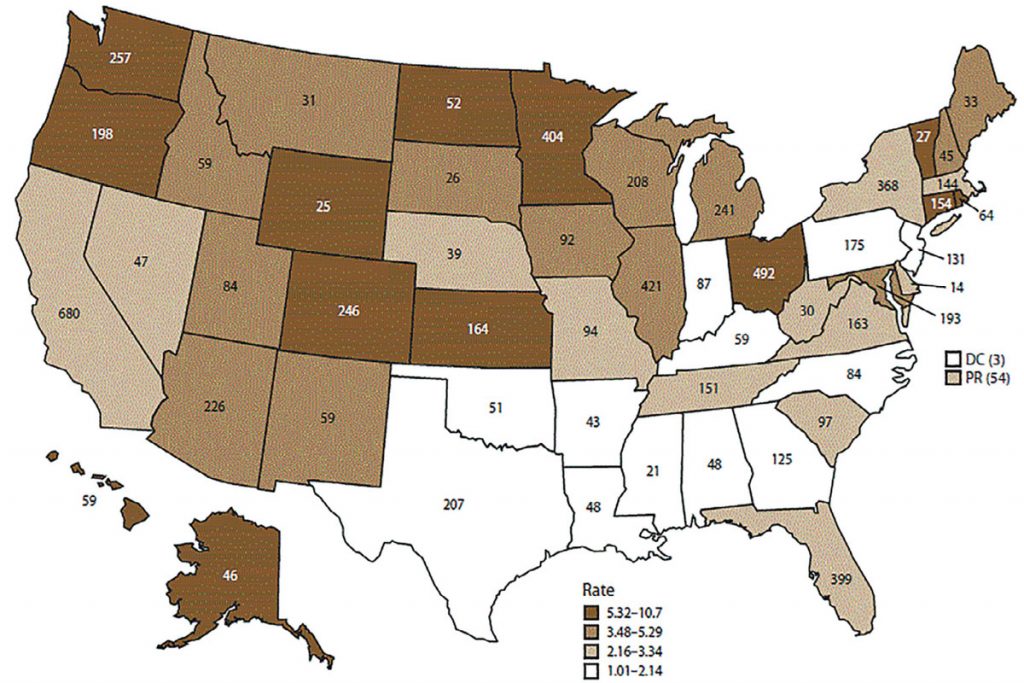
More than 20 years ago, the Minnesota Department of Health (MDH) created a model program to investigate foodborne illness outbreaks. The program, called Team Diarrhea (Team D), is both an intense educational experience for School of Public Health students and a vital tool for MDH in discovering the source and combating the spread of foodborne illnesses.
Founded by SPH Professor Craig Hedberg, who led the MDH foodborne disease epidemiology program at the time, Team D is now a nationally renowned outbreak investigation system and has helped make MDH one of the most looked-to health departments in the country for expertise in foodborne illness surveillance.
Each year, MDH hires 8-10 MPH students as part-time employees and they work under the direction of experienced epidemiologists. Their principal job is the backbone and first step of all outbreak investigations — interviewing the people involved to track down the source of the illness.
“Team D gives us the ability to interview a lot of people very quickly, while collecting detailed information about illness and exposures,” says MDH Foodborne Diseases Unit supervisor Carlota Medus, PhD ’05. “And if the epidemiologists generate continuing hypotheses about the source of the outbreak, the students, since they are embedded, can quickly call people back and ask additional questions.”
Having students on staff has an additional advantage, says Medus. If a large infectious disease event occurs, like H1N1 influenza in 2009, Team D can be swiftly trained on the issue and help with data collection and response.
The Model
Team D has been recognized as such a successful model for collecting detailed interview data in a tight time frame that many states have adopted and adapted it in recent years. Kirk Smith, SPH adjunct professor and head of the Foodborne, Waterborn, Vectorborne, and Zoonotic Diseases Section at MDH, has created five key points to help other health departments recreate the Team D relationship (details on these five points at z.umn.edu/teamd):
- Recruit MPH or undergraduate public health students
- Make the students actual employees of your health department (i.e., pay them!)
- Create an academic work environment and provide academic incentives
- Train students appropriately
- Supervise students closely
The Impact
According to Medus, the real impact of Team D can’t be reflected in statistics, but rather in what Minnesota, MDH, and the students gain from the experience. By collecting detailed data on illness and exposures, the students help quickly solve the approximately 40 to 80 confirmed foodborne illness outbreaks identified in the state each year. The investigations, in turn, provide lessons for the food industry and help prevent future outbreaks. The students’ work supports MDH epidemiologists and they get the opportunity to work with real data they’ve generated themselves. The degrees they earn, combined with their experience on Team D, prepare them well for public health professional roles, and many go on to work as epidemiologists at MDH, various Minnesota agencies, and other state health departments, as well as the CDC.


